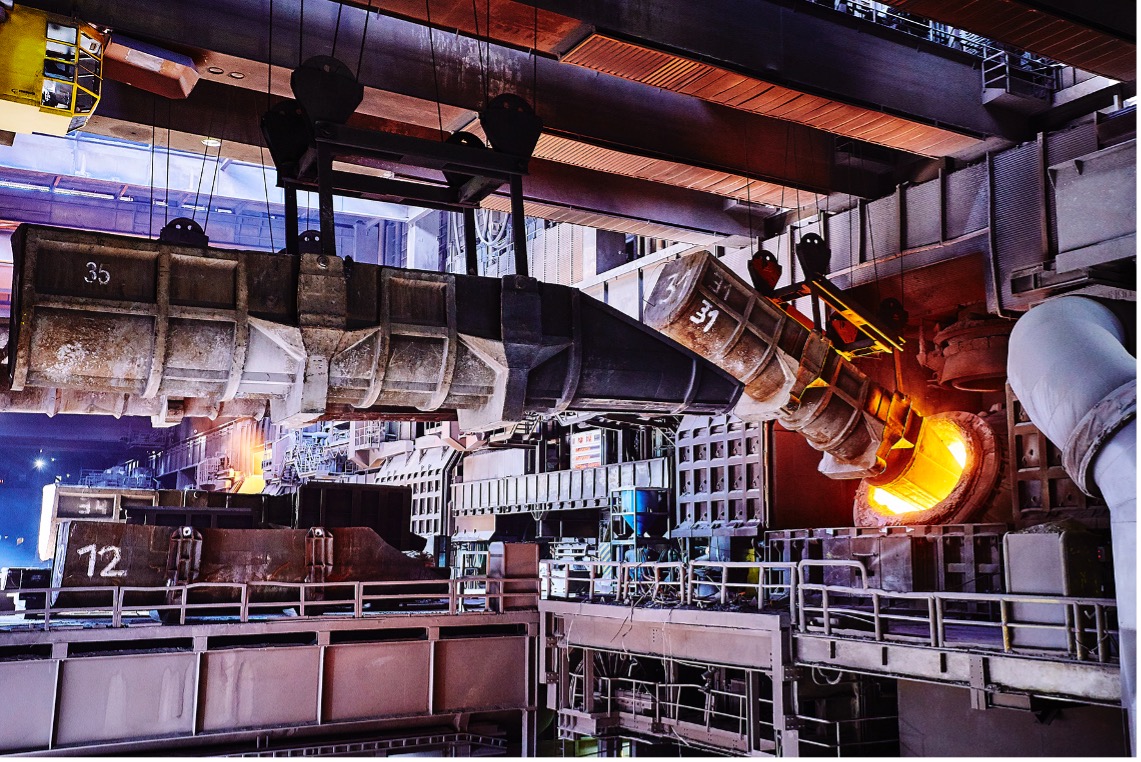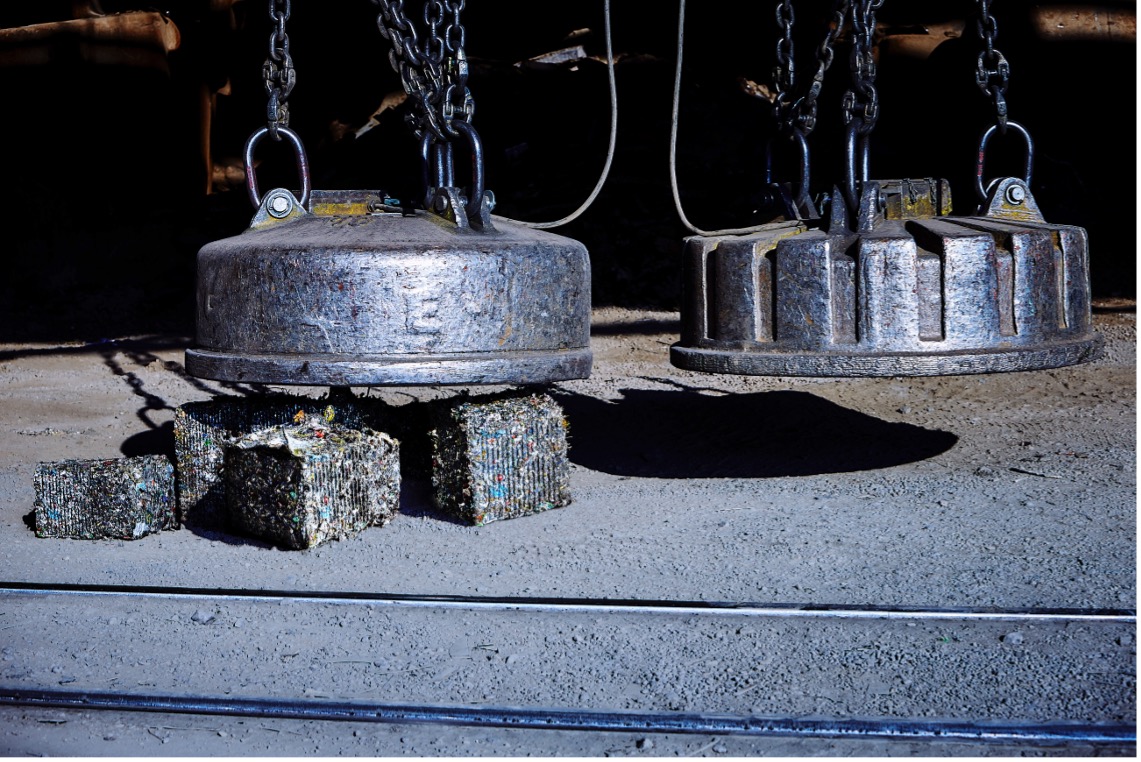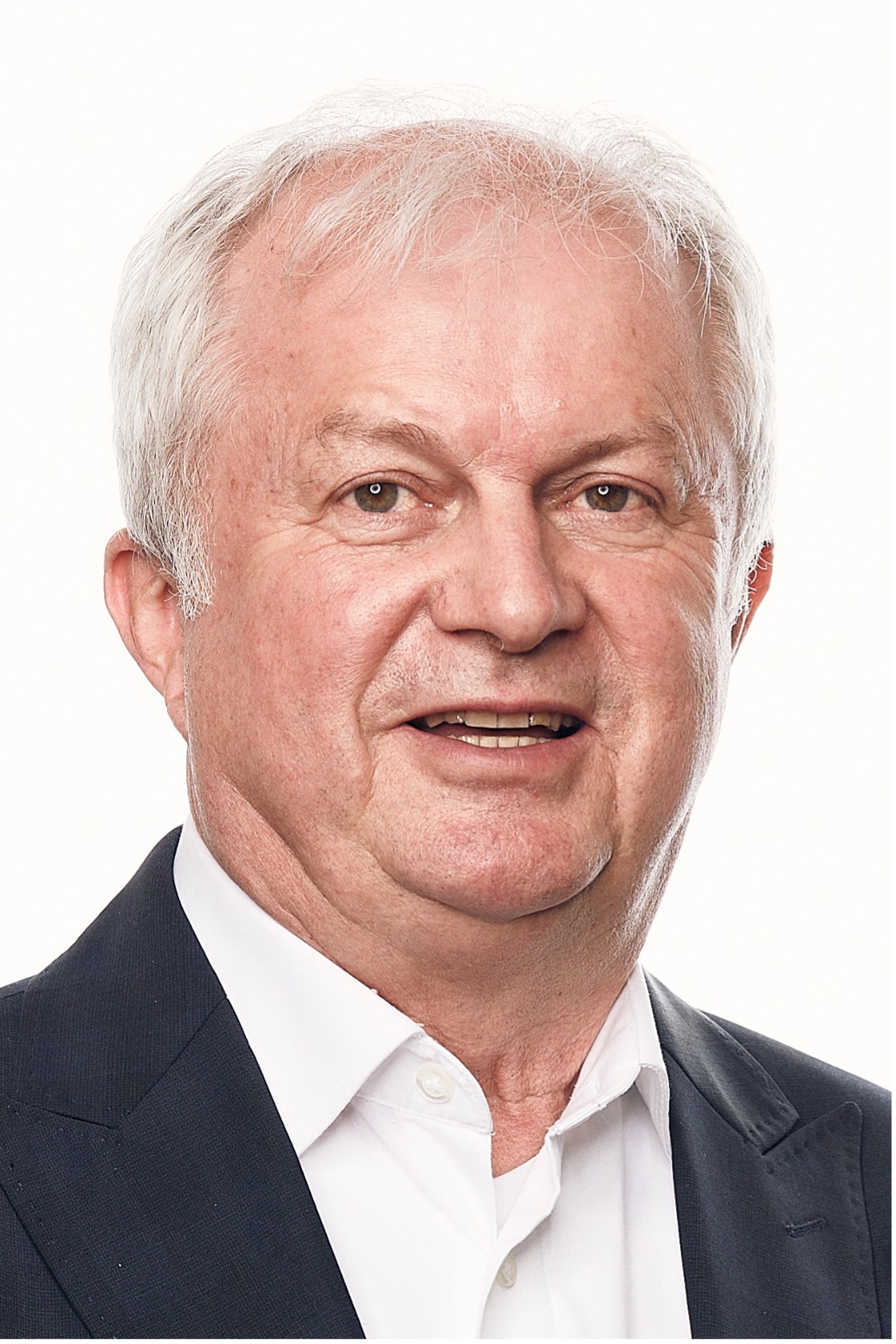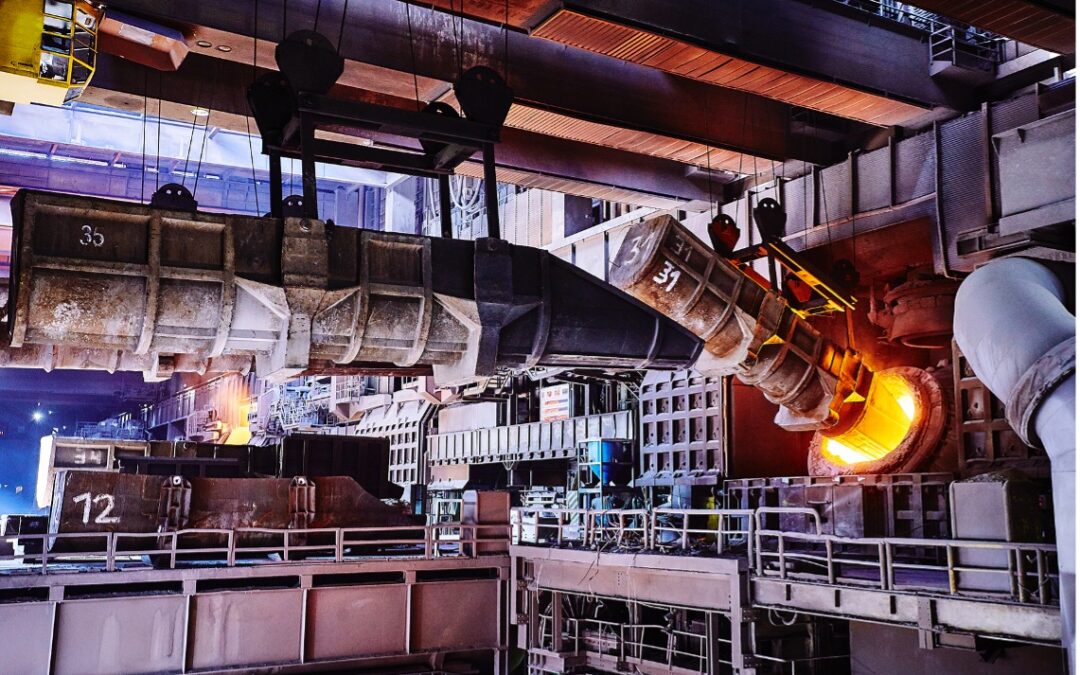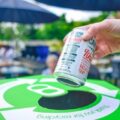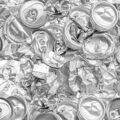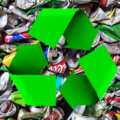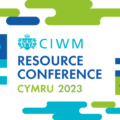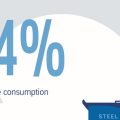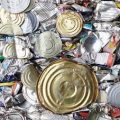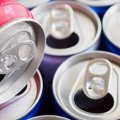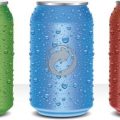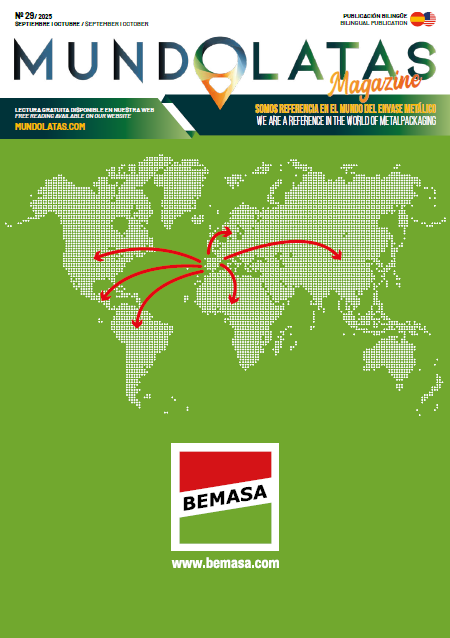Andernach. February 23, 2024 – Recyclability, resource-conscious use of resources, and the
circular capacity of the packaging material have become fundamental criteria
when assessing the sustainability of a material. Two of the most important indicators
The recycling rate and recyclability of the material are important, since packaging whose
material can be reused save energy and primary resources. This is what happens with the
tinplate containers. Because the almost one hundred percent possibility of recycling a
repeatedly to convert it into another quality product avoids the need for a
emissions.
The fact that steel packaging products are among the champions of recycling is a clear indication of this.
The figures published by the Federal Ministry of Agriculture and Rural Development (BMZ) show again and again
Germany’s environmental performance in its recycling rates of packaging materials. You are at
figures for the year 2021, in accordance with German packaging legislation, show an increase in the
recycling rate of 90.2 percent for tinplate in Germany. “The result of the
current data indicates that tinplate is one of the leading materials in terms of the
reusability and is therefore extremely well integrated into the economy.
circular. In Germany, we have been consistently above 90 percent since the beginning of the year.
15 years ago”Andreas Knein, managing director of the DWR, the German Society for the
Tinplate Recycling, a subsidiary of the tinplate manufacturer thyssenkrupp Rasselstein
GmbH.
A new methodology for calculating recycling quota
The figures of the Federal Ministry of the Environment, calculated according to the system used, are as follows
to date, yielded the recycling rates for other materials shown in the table below.
continued: aluminum 94.2 percent, liquid packaging board 74.9 percent,
plastic 63.5 percent, glass 85.0 percent.
However, for the indexes currently calculated at the European level according to the
Implementing Decision (EU) 2019/665 are relevant only to those volumes that are
actually transferred to a use, those that are already pre-classified and
have been included in the new no-loss transformation process. Within the framework of the
The European Union no longer takes into account residues from adhered products, the
residual contents, similar materials that do not originate from packaging or
materials from other groups. According to the latest publication of the industry association, APEAL,
and based on this method of calculation, the recycling rate for tinplate is in the
78.5 percent for the European Union as a whole.
The Implementing Decision defines new limits for calculating the rates of
reuse. The new calculation methodology moves the measurement point “backwards”.
to obtain the recycling volume by accounting for the material flow.
In addition, composite packaging and other packaging that is composed of more than one material
shall be recorded with a breakdown of the materials included. Thus, the following is no longer listed
cardboard for liquids, since its components are collected in the paper fraction,
plastic and aluminum.
A new methodology is applied: tinplate, head of recycling platoon
The previous method of quantification documented delivery volumes
for recycling, the quantified figure corresponded to the “output from the
“output from the
light packaging sorting plant” or the “input to the first recycling plant”.
. In this way
certain steps were included as recycling processes, such as the separation of the
improper materials or cleaning, during which time the waste was prepared
sorted for recycling itself. Pursuant to the Implementation Decision and in accordance with the
new methodology,
“only waste that enters the recycling operation may be counted in the calculation of the
recycling target”,
in which the waste
are actually transformed into products, materials or substances. The calculation points are
defined differently for each material due to the different processes involved in the production of
recycling. Some far-reaching changes to the new methodology have been made for
packaging. The recycling rates according to the implementing regulations are as follows:
tinplate 84.5 percent, aluminum 62.4 percent, plastic 48.4 percent, glass 80.3 percent, aluminum 62.4 percent, plastic 48.4 percent and glass 80.3 percent.
one hundred.
“Irrespective of the starting data taken into account for the calculation of the index.
recycling results show that tinplate remains ahead of other materials
packaging. This advantage is mainly due to the intrinsic characteristics of the material
and design, which result in superb recyclability, but also to the
efficient recycling processes already in place”. says Knein. On the one hand, tinplate is
easily separates from other materials thanks to its magnetic quality, which allows for a
fast, simple and economical container sorting. On the other hand, steel for packaging
is particularly suitable for multi-recycling. In practice, this means that the steel of
recycled packaging can be reprocessed over and over again. “Tinplate is a material
permanent in a closed cycle, almost one hundred percent recyclable. Almost infinitely and without
The company’s products are therefore under-recycled, with no loss of quality,” Knein emphasizes.
Raw materials are saved with each recycling process
The DWR assumes that the high recycling rate will remain constant in the future, since the
demand for scrap metal will continue to increase due to its growing use in processing and
recycling. Because after the treatment, a tinplate scrap is transferred very
to the processing plant, where it is blended with other products without loss of quality.
steel scrap and crude iron from the blast furnace to produce crude steel.
Further product-specific processing steps will result in a new article.
steel that could correspond to an automobile body, a steel girder or a steel beam.
new packaging. Seen in this way, any steel mill could also be defined as a
recycling plant. The material cycle is closed.
Each rotation in the use of tinplate avoids the use of resources and the emission of
CO2 versus primary production. The use of one ton of iron and steel scrap and
steel avoids the extraction of 1.6 tons of iron ore, 0.65 tons of coal, and
0.3 tons of limestone. In addition, through the use of scrap metal for the production of
steel consumes up to 70 percent less energy compared to primary production.
Thus, the emissions of a tinplate product are reduced in each rotation or cycle of a tinplate product.
recycled.
There is still a need for information on waste separation
The high recycling rates of container steel are satisfactory, especially at
comparison with other packaging materials, “But we must not rest on our laurels,
but to continue working to strengthen the indexes”.says Knein, adding: “There is still
a lot of work, especially in the area of education for recycling, which concerns
all those involved: from the manufacturer to the retailer to the dual systems.
up to the recycling economy”.. In particular, the separation of waste at the European level
would continue to increase the recycling rate significantly and would make it possible to exploit potential
ignored so far.
thyssenkrupp Rasselstein conducts dual system awareness activities
of end-consumers on packaging materials and waste separation
from the year 2021. Via the website weissblech-kommt-weiter.de (the tinplate arrives at
further), the only German tinplate manufacturer reports on the manufacture of tinplate steel.
packaging, the use of food cans and recycling.
About thyssenkrupp Rasselstein GmbH
thyssenkrupp Rasselstein GmbH is considered to be one of the leading suppliers of
global steel container, manufactured with great precision and of the highest quality. At
its headquarters in Andernach, Germany – the largest facility of its kind in the world
produces around 1.5 million tons of container steel per year. Our
2,400 employees serve approximately 400 customers from 80 countries and a wide range of industries.
from producers of cans for food and pet food to manufacturers of
manufacturers of beverage and aerosol cans, paint containers and coatings,
containers for dangerous goods and caps and crown caps for bottles. The portfolio
is complemented by teams of experts in service, sales and support.
technical.
